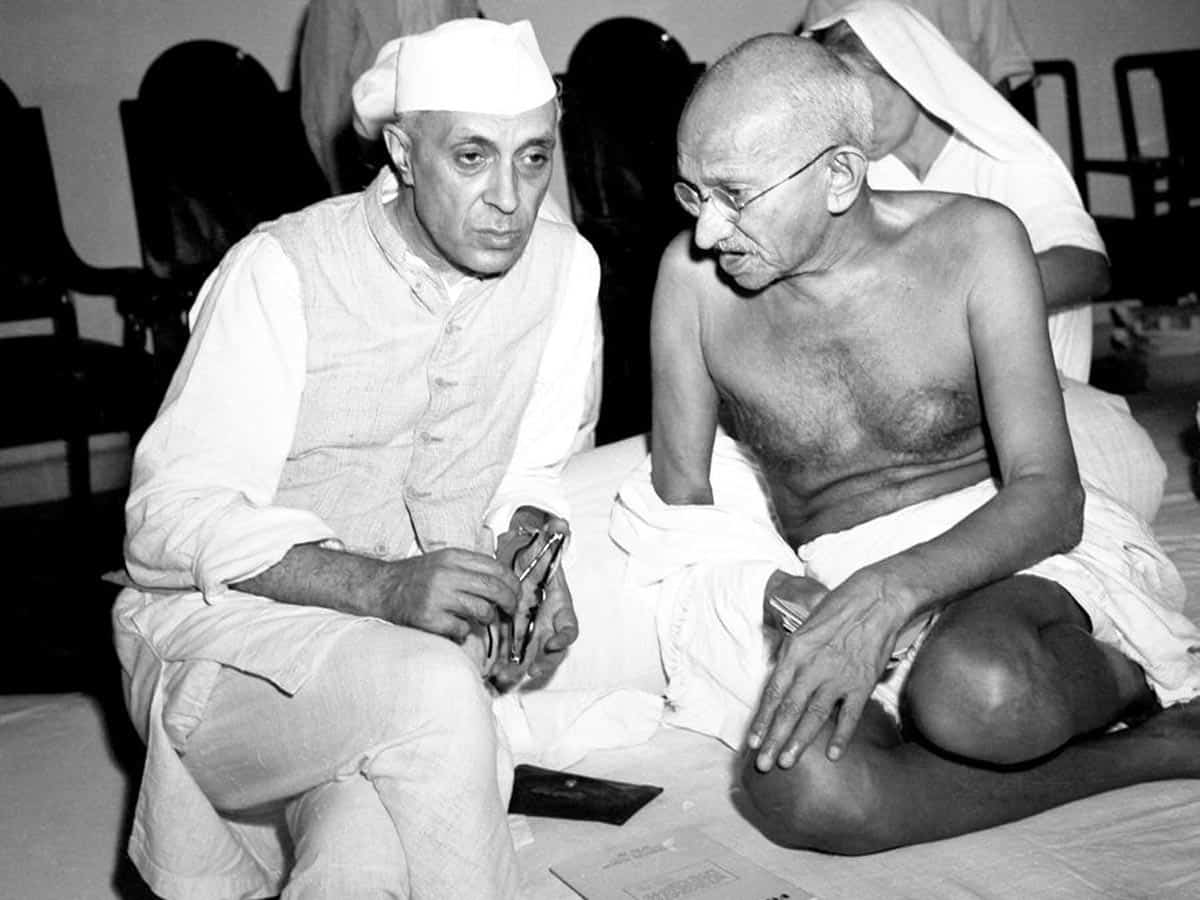
There is a well-known saying that ‘clothes make the man’. There is no doubt that what we wear creates an image of ourselves in the minds of the people with whom we interact. For example, if a political leader dressed like Daler Mehendi, he would be seen as a clown. On the other hand, if Daler Mehendi wore white khadi clothes he would be booed off the stage.
In the olden days, Kings and Queens used their dress to convey their immense wealth and power. When English diplomat Sir Thomas Rowe visited the court of Mughal emperor Jahangir, he was overwhelmed by the sight of countless diamonds and precious stones that covered the emperor from head to toe.
Nowadays when our leaders are elected and do not inherit or grab the throne, they choose their dress with great care to woo their constituency. Leaders use their attire to craft a specific public image. Their choice of clothing is a powerful tool in shaping the minds of their voters. Every garment, accessory, or color is a deliberate choice to align with certain cultural ethos or signal their solidarity with specific groups.
Churchill dressed to convey message
Sir Winston Churchill, former Prime Minister of Great Britain was never without his trademark bowler hat and was invariably seen smoking a Havana cigar. His appearance conveyed the impression that he kept his cool even when the situation was dire. The people of his country should have faith in such a leader was his message.
Mahatma Gandhi switched to loincloth
In India one of the first people to understand the language of dress and use it to convey a message was probably Mahatma Gandhi. His early photos from South Africa show him dressed in conservative dark suits. But a few years after he arrived in India he took to wearing a simple loin cloth. He sympathized with the poorest of the poor and wanted to be identified with them. They should also feel that he was one of them and had their interests in mind.
Before independence, leaders of the freedom struggle wore simple off-white khadi clothes. Because it was a material produced by and for the masses. The trend continues even now and many of our political leaders are seen wearing white (although the material may no longer be khadi).
Nehru made a jacket famous
Our first Prime Minister Jawaharlal Nehru made a garment so popular that it came to be named after him. Thereby his name and fame were enhanced. It was called the Nehru jacket. Unlike a sherwani which extends to the wearer’s knee level, the Nehru jacket went only to a convenient waist level and was usually made of khadi. The overall impression was one of elegant style combined with simplicity — the hallmarks of a well-educated but down-to-earth person.
Indira Gandhi outshone all
His daughter, Prime Minister Indira Gandhi was famous for her superb taste in sarees. She used her innate sense to impress foreign dignitaries and leaders. Beside her, even the most stylish of foreign ladies looked unattractive. She looked so elegant and stylish that many Indian women tried to imitate her style. But when she was on the campaign trail, she switched over to more simple sarees. She believed in the right dress for the right occasion.
NTR tried different attires
In Hyderabad we saw N T Rama Rao , former Chief Minister of AP, going through certain phases of dressing. For some time he took to wearing a saffron turban and dressed like Swami Vivekananda. What was the message he was trying to convey? Perhaps he was a wise and philosophical person.
Mamata Banerjee, Chief Minister of West Bengal, never wears anything other than a plain white sari with a blue border. By her style of dress, she is conveying to the voters that she is a simple person with simple tastes. Even though she has master’s degrees in Islamic history, education, and law, she leads a simple life. The best way to tell everyone about her lifestyle is by her choice of clothes.
The clothing of political leaders serves as a visual language that voters subconsciously interpret. The sartorial selections of politicians represent an effort to create an image and send a powerful political message. We may not always be aware of it, but often our decisions depend upon the first impression we have of our leaders. However, they and their advisors are aware of it and use their dress to influence the minds of voters.



